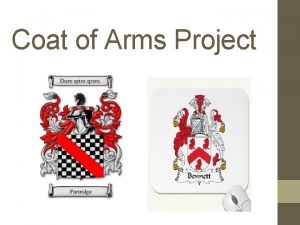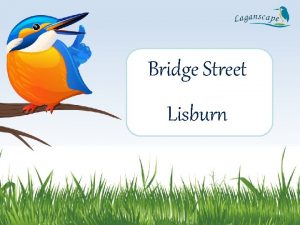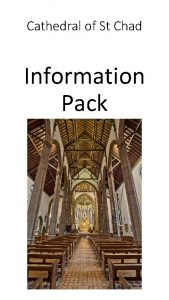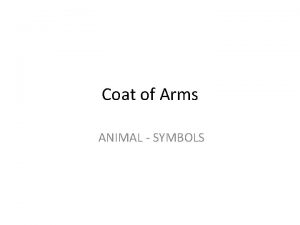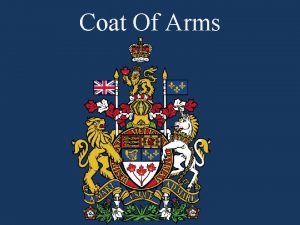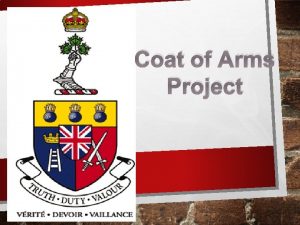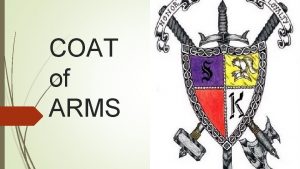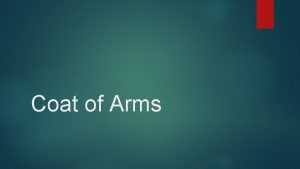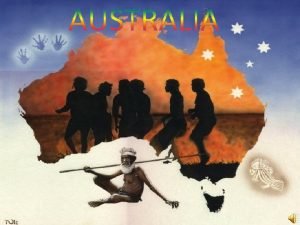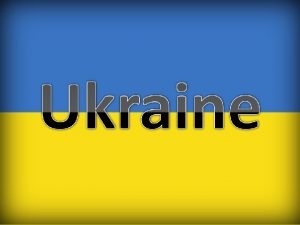HAITI Haiti Flag of Haiti coat of arms












- Slides: 12

HAITI

Haiti

Flag of Haiti • coat of arms depicts a trophy of weapons ready to defend freedom and a royal palm for independence • adopted on February 25, 1987

Interesting Facts • First independent nation in Latin America • First post-colonial independent Black-led nation in the world • Only nation whose independence was gained as part of a successful slave rebellion

Climate and Geography • Third largest country in the Caribbean • Terrain consists mainly of rugged mountains interspersed with small coastal plains and river valleys • Tropical climate • Location is suited for hurricanes

History • Christopher Columbus landed at Môle Saint-Nicolas on 5 December 1492, and claimed the island for Spain • The Spaniards exploited the island for its gold, began importing enslaved Africans for labor • After the Spaniards, settled by French buccaneers-did not submit to Spanish royal authority until the year 1660 and caused a number of conflicts. • France and Spain settled hostilities on the island by the Treaty of Ryswick of 1697 • French settlers brought in large numbers of African slaves to Haiti, building a thriving and wealth-creating French colony whose big income earners were sugar cane and its associated by-products and industries, and timber and lumber from the forests.

Revolution • In the late 1700’s, Haiti's nearly 500, 000 slaves staged a revolt led by Toussaint L’Ouverture: 1. established a disciplined, flexible army and drove out both the Spaniards and the British invaders who threatened the colony 2. restored stability and prosperity by daring measures, including inviting the return of planters and insisting that freed men work on plantations to renew revenues for the island 3. renewed trading ties with Great Britain and the United States • 1804, the first black republic to declare its independence from France.

Demographics • • • Capital: Port-au-Prince Population: 10, 033, 000 Religion: 80% Catholic Official Language: French & Haitian Creole Life Expectancy: 51 years male & 50 years female • Population below poverty line: 70% • Area: 10, 714 sq mi • Literacy Rate: 52. 9%

Economy • least-developed country in the Americas • Economic growth was negative in 2001 and 2002 • About 66% of all Haitians work in the agricultural sector, which consists mainly of small-scale subsistence farming • Mangoes and coffee are two of Haiti's most important exports • Foreign aid makes up approximately 30%-40% of the national government's budget. The largest donor is the United States followed by Canada, and the European Union also contributes

Government • After 1804, many years of unrest with several dictators • Presidential Republic: elected • President: Rene Preval • Prime Minister: Michele Pierre-Louise



